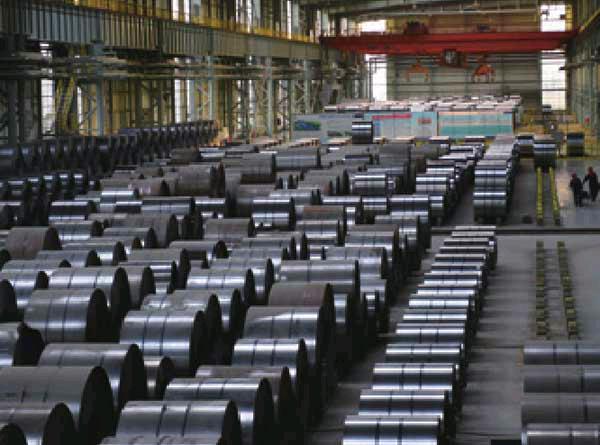The Closure of Zombie Companies Requires A Double-Handed Approach
2017-01-06
A major task for Chinas macroeconomic regulation is to advance supply-side structural reform. The top priority of such reform is to reduce excess production capacity, including by shutting down zombie companies—poorly-performing state-owned enterprises (SOEs).
Zombie companies emerged due to government intervention, not market forces. Closing these non-productive, loss-making businesses, however, requires both the government and the market to take a role.
If shutdown of such companies solely depends on companies or local governments that would voluntarily do so, a major problem will arise.
Industries such as steel and coal have cyclical production fluctuations. Assuming no change in the overall demand for a specific product, local governments face a so-called“prisoners dilemma” in reducing excess production capacity in a particular industry.
Local authorities and companies typically hope that while rivals make cuts, they can maintain or even expand output capacity in anticipation of gaining more market share and generating more profit after the current round of readjustment comes to an end.
Without macro-control pressure, therefore, regions and SOEs will consider only their own interests and seek to keep or even increase production capacity. Such opportunistic behavior, though, will only exacerbate the situation by ultimately creating an even greater surplus.
During Chinas economic transition in recent decades, zombie companies emerged for political and economic reasons. Closure of these non-performing companies, though, must rely mainly on market-oriented measures, supplemented by government intervention if necessary. Efforts should be made in four ways.
First, the real extent of excess production capacity must be faithfully determined. Shedding excess capacity doesnt mean closing down all production. An effective industrial policy requires full cooperation between the government and companies in estimating effective and excess production capacity in all sectors concerned. This is the foundation for implementing macro-policies to cut excess capacity.
Second, each province must have an open schedule for reducing excess capacity. Based on cooperation and full investigation, central and local authorities can discuss implementation, making clear when and how much production capacity will be reduced, and the Central Government can publish the agreed schedules. The practice of making open commitments will effectively curb opportunistic behavior by local governments.
Third, non-productive, loss-making SOEs must be disposed of in ways suited to each specific circumstance, for example through mergers or bankruptcy proceedings. Local governments should encourage the reorganizations to be as market-oriented as possible. The authorities may provide one-off lump sum subsidies as incentives for marketbased arrangements, but should avoid unnecessary intervention.
Fourth, the government should firmly regulate subsidies and concessional loans. Lax budget constraints from the government and banks have been a major driving factor in the creation of zombie companies. Currently, multitudinous government subsidies exist, provided by ministries and local governments, some of which duplicate others. This wastes precious fiscal resources and paves the way for corruption. The Central Government, therefore, must sort out the subsidy framework, and concessional loans must also be better regulated to prevent illegal transfer of funds between banks and companies.
